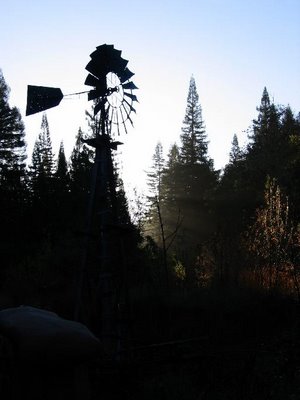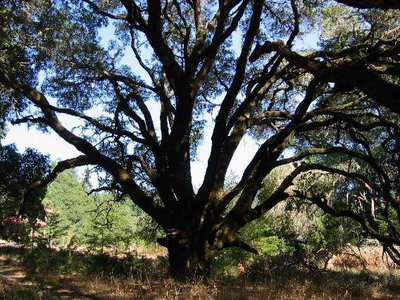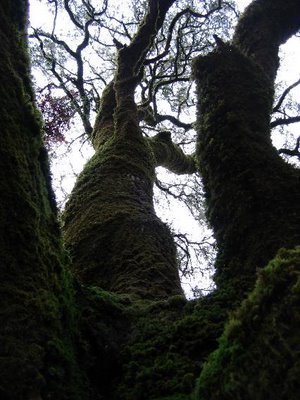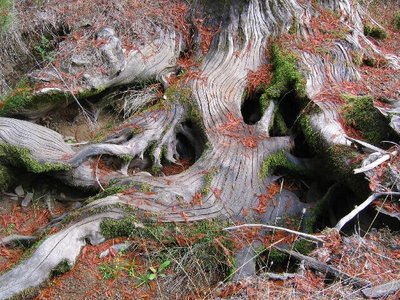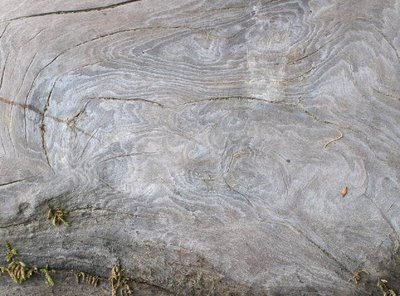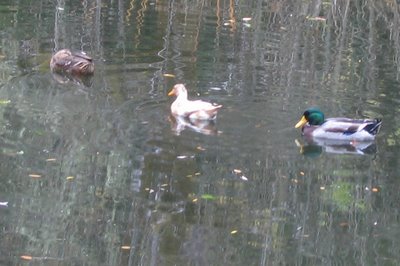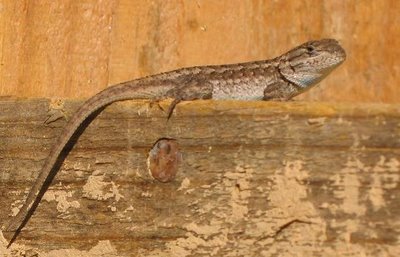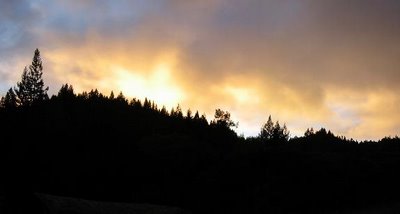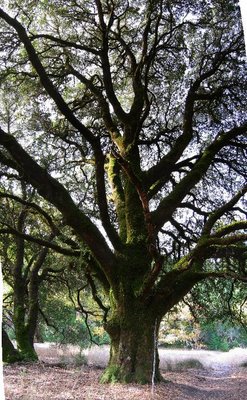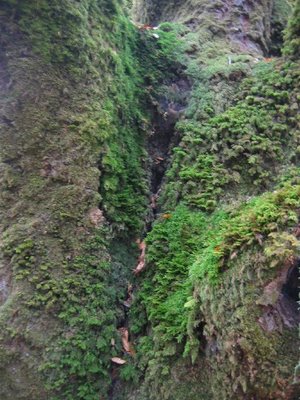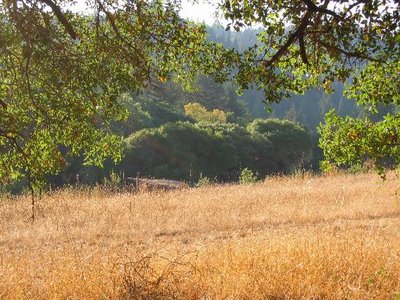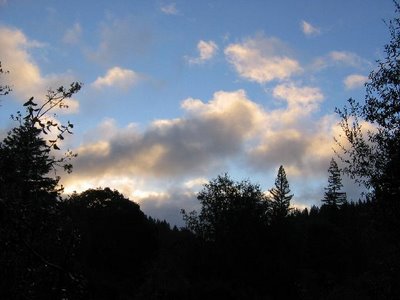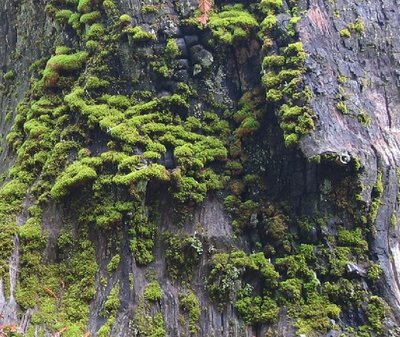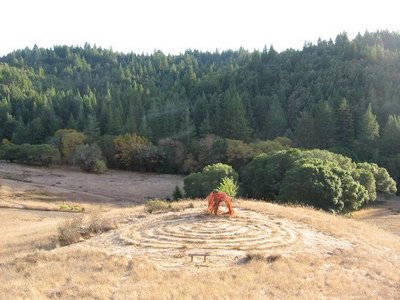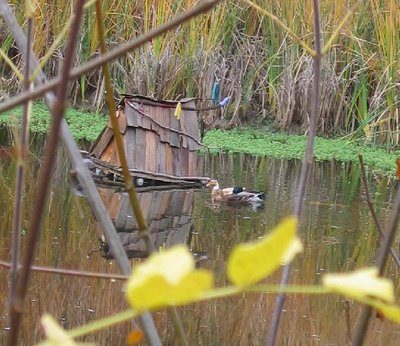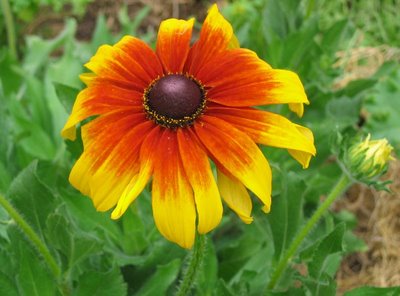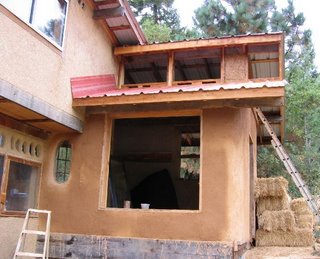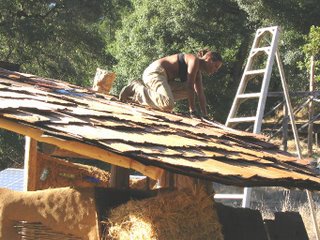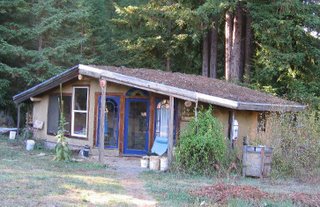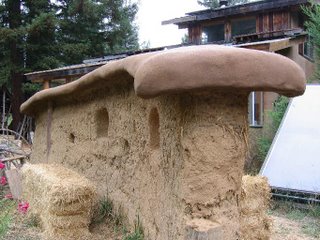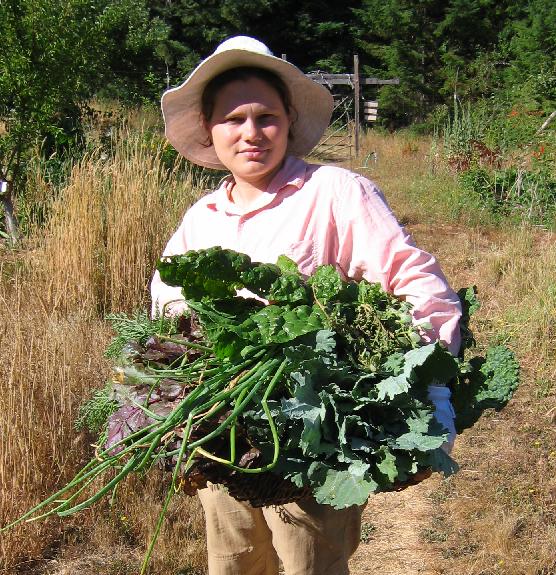Daily Life

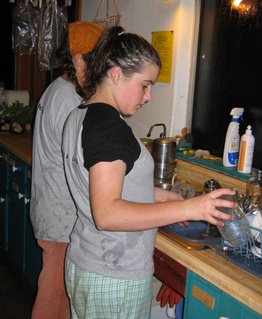
From when I got here at the end of April until recently there was pretty much a pattern to life here. Things changed, like who was here, and what we were working on but there was a general similarity week to week.
We had communal lunches and dinners everyday, and mostly made breakfasts for ourselves. People signed up for as many cooking or cleaning shifts as were needed to cover all the slots, normally 2 or 3 per week, until our population diminished. It was great to get 14 wonderfully cooked meals a week and only have to prepare one or two, and/or clean once or twice. When we had lots of people two people cleaned after dinner together to do a thorough job. Mostly cooking was done solo, although certain people liked to team up and help each other out. Lunches were at 12:30 and dinner at 7, although that changed at about fall equinox to 6:30.
Monday was meeting day, we would meet either in the morning or right after lunch (during the middle of the summer it was after lunch since often it was hot enough folks didn't want to work mid day). In the meeting general business was discussed, and the week's work was planned. Sometimes there were small tasks people volunteered to take on sometime during the week, often larger group projects were planned, or someone agreed to make sure something got done. There were also evening sharing meetings on Mondays, half the time they were just for members, the other half everyone around for any length of time attended. They were not business related at all but about updating each other about what was happening in our lives. The format changed sometimes but normally we started with appreciations, people said things they had been appreciating lately, people, chores getting done, sunsets, etc. Then there were pet peeves - small complaints about whatever had been bothering folks recently. After that we took turns telling everyone what was up for as long as it took, often not that long. The meetings only lasted about 2 hours, sometimes less.
For much of the summer work traders worked together with at least one community member, in the gardens Tuesday and Thursday mornings, and building Wednesday and Friday mornings every week. The afternoons were either free or scheduled at the weekly meeting. While the apprenticeship was going on work traders didn't build as much, only working at Strawberry house on Wednesday afternoons while the apprentices were in a lecture. And much of the fall we worked at Strawberry house every Friday afternoon too. We rarely had scheduled work on weekends, except during work parties and workshops. Each work trader had a focus, such as the shady garden, the sunny garden, or Strawberry house, where they worked their extra hours and helped lead other folks during scheduled work times. After the apprenticeship when 3 former apprentices were doing work trade they were more focused on building and didn't spend all the scheduled garden time gardening. Often we started work at 9 am, but when it was hot we started about 7 and ended early. Afternoon work usually started between 2 and 3pm. This all sounds much more strict than it really was.
Most of the members here worked at least some in town each week, and a few work traders also did some paid work off site. On weekends people often left and went to town, or the coast, or somewhere to enjoy themselves. But I almost never left, less than 20 times all summer, and it feels like even less, both to me and the others who have been here all summer.
When worktraders left (there were 11 of us this summer, I think) we usually had an appreciation circle for them. Everyone took turns telling the person leaving things they appreciated about them, work they did well, habits folks liked, things that they did that were inspiring, etc. Appreciation circles are also held on the birthdays of members. They seem nice, although I have not had one yet.
In the last week or two there has been a different pattern, with so many fewer people here, Emerald Earth is in winter mode now. We are only scheduling dinner cooking 5 nights a week and there are no scheduled lunches, but we normally eat around the same time and help each other out, heating up extra food for those who want it. We are now only meeting once every other week. And mostly instead of scheduled work people take on certain tasks and do them when they want. Although in the past week we have had two group clean up days, one of which included moving heavy things under cover, much better done in a group, but they have mostly been more informal and not planned so far in advance. We have also shown up in the garden at the same time on these beautiful sunny days we had earlier in the week. I have been noticing how slow tasks go when I work alone, all those months working in groups spoiled me.
Again I am focusing on work and not play, but there was play too, normally unscheduled, games after dinner, lots and lots of backgammon, Anastasia is a backgammon queen, all terrain bocce ball, occasionally movies, saunas, pizza parties, and tons of interesting conversations, and no doubt there is lots I have forgotten. Lately the winter sport of walnut stacking has been popular. Michael holds the record from last year with 9, this year so far he has only achieved 7, and the rest of us have a hard time going over 5.

